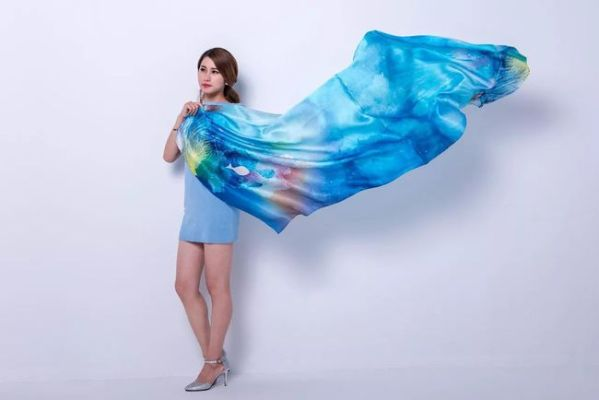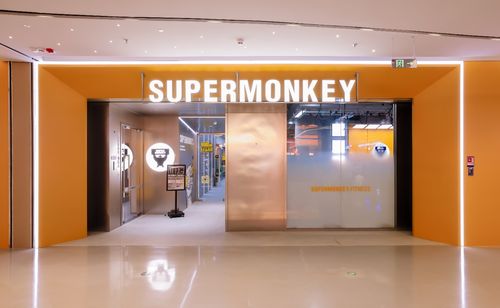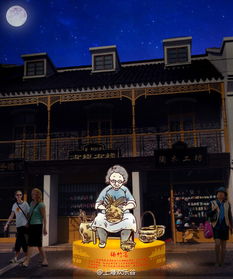Understanding the World of Interior Textiles
In this article, we delve into the realm of interior textiles, exploring their significance in shaping our living spaces. From the subtle nuances of color and pattern to the functional aspects of material selection, every aspect of an interior textile is carefully considered. The use of sustainable materials has become increasingly popular in recent years, reflecting a growing awareness of environmental concerns. This shift towards eco-friendly practices not only benefits the planet but also enhances the aesthetic appeal of our homes. As we continue to evolve as a society, the role of interior textiles will undoubtedly become even more crucial in creating a comfortable and harmonious environment for both individuals and communities alike.
Introduction: Interior textiles are an integral part of our daily lives, from the comfort of our homes to the aesthetics of public spaces. They play a crucial role in creating a warm and inviting atmosphere, enhancing the overall ambiance of any room. From curtains and blinds to rugs and throws, these fabrics come in a wide range of colors, patterns, and textures that cater to different preferences and needs. In this article, we will delve into the world of interior textiles, exploring their definition, classification, benefits, and some practical examples.
Definition: Interior textiles refer to the various materials used in the construction or decoration of interior spaces. These include but are not limited to wall coverings, upholstery, bedding, curtains, rugs, and carpets. The term "interior" is used because these textiles are designed to be installed within the walls or other structures of a room or building.

Classification:
- Curtains and Blinds: These are used to control light and privacy while providing a decorative touch to the room.
- Upholstery: Furniture covers made of fabric that add color, texture, and warmth to the furniture.
- Bedding: Comforters, sheets, blankets, pillows, and bed skirts are essential for a good night's sleep.
- Rugs: These soft textiles can be used as floor coverings or as accent pieces to add visual interest to a room.
- Carpets: A popular choice for flooring, carpets provide a cozy and comfortable feel underfoot.
- Wallcoverings: These are decorative materials that cover the walls, adding a layer of style and personality to the space.
- Tablecloths: Used for setting the table, tablecloths can also serve as a decorative element.
- Tapestry: A woven or knitted textile with intricate designs that can add depth and character to a room.
- Throws: Small, colorful textiles that can be used as a decorative accent or added warmth to a sofa or chair.
Benefits:
- Comfort: Interior textiles provide warmth and comfort, making your home feel like a sanctuary.
- Style: With a variety of colors, patterns, and textures, you can create a unique look that reflects your personal style.
- Versatility: Interior textiles can be used in multiple ways, from being functional to purely decorative.
- Durability: Many textiles are designed to withstand wear and tear, ensuring they last for years.
- Energy efficiency: Some textiles, such as thermal curtains and blinds, can help regulate temperature indoors, saving energy costs.
Case Study: Let's take a closer look at one example that showcases the beauty and functionality of interior textiles.
Imagine walking into a client's living room and seeing the beautiful throw rug in the center of the space. This plush, vibrant piece adds instant color and texture to the room, instantly making it feel more inviting and cozy. But what makes this rug so special? Well, it's made from recycled polyester, which means it's both eco-friendly and sustainable. Additionally, the intricate pattern on the rug adds a pop of personality to the space, making it stand out from the rest.
Conclusion: In conclusion, interior textiles play a crucial role in creating a warm and inviting environment. From curtains and blinds to upholstery and rugs, there are countless options available to suit every taste and need. By understanding the different types of textiles and their benefits, you can make informed decisions when it comes to decorating your home or office. So next time you're considering new additions to your space, consider the impact that these beautiful yet versatile textiles can have on your everyday life.
In this article, we will explore the concept of indoor textiles and delve into their diverse applications and characteristics. Let's break it down into a few key points:
室内纺织品概述
室内纺织品是指用于室内装饰、家具配套以及日常穿着的纺织品,它们种类繁多,包括但不限于窗帘、地毯、壁布、床单、毛巾等,这些纺织品不仅美观实用,还具有多种功能,如保暖、吸音、防尘、易清洁等。
室内纺织品的种类与特点
- 天然纤维:天然纤维如棉、麻、丝等,具有吸湿性好、透气性强、柔软舒适等优点,它们适用于各种室内环境,如卧室、客厅、书房等。
- 人造纤维:人造纤维如涤纶、聚酯等,具有耐磨、易洗、易干等优点,适用于各种场合,如办公室、学校宿舍等。
- 功能性面料:为了满足不同需求,室内纺织品还具有多种功能性特点,如防过敏、抗菌、防静电等。
案例分析

现代家居装饰中的室内纺织品
在现代家居装饰中,室内纺织品已经成为了一种时尚趋势,某高档家居用品店推出的新型窗帘,采用高品质的天然纤维制作,色彩丰富,质地柔软,非常适合现代家居风格。
办公环境中的舒适纺织品
在办公室环境中,舒适纺织品的选用也非常重要,某些公司推出的高档毛巾,采用高品质的纤维制作,柔软舒适,吸湿性好,非常适合办公环境。
室内纺织品的未来发展
随着人们对生活品质的要求不断提高,室内纺织品的种类和功能也在不断更新和发展,室内纺织品将会更加注重环保、健康和舒适性,同时也会更加注重个性化定制和智能化应用。
补充说明(表格)
以下是关于室内纺织品的补充说明表格:
| 类别 | 示例产品 | 功能特点 | 材料 |
|---|---|---|---|
| 种类 | 天然纤维窗帘 | 吸湿性好、透气性强 | 棉、麻等天然纤维 |
| 人造纤维 | 高档地毯 | 耐磨、易洗、易干 | 人造纤维织物 |
| 功能性面料 | 抗菌毛巾 | 防过敏、抗菌 | 高科技纤维 |
| 案例分析 | 高档家居装饰中的窗帘 | 采用高品质的天然纤维制作,色彩丰富,质地柔软 | |
| 办公环境中的舒适纺织品 | 高档毛巾 | 柔软舒适,吸湿性好 | 高品质纤维 |
室内纺织品作为室内装饰的重要元素,其种类繁多,功能多样,随着人们对生活品质的要求不断提高,未来室内纺织品将会更加注重环保、健康和舒适性,随着科技的不断进步,室内纺织品的智能化应用也将越来越广泛。
Articles related to the knowledge points of this article:
Exploring the Unique Textiles of Jinan District
The Rise of Textile Treasures:The Case of Pavilion Paper Tubes



